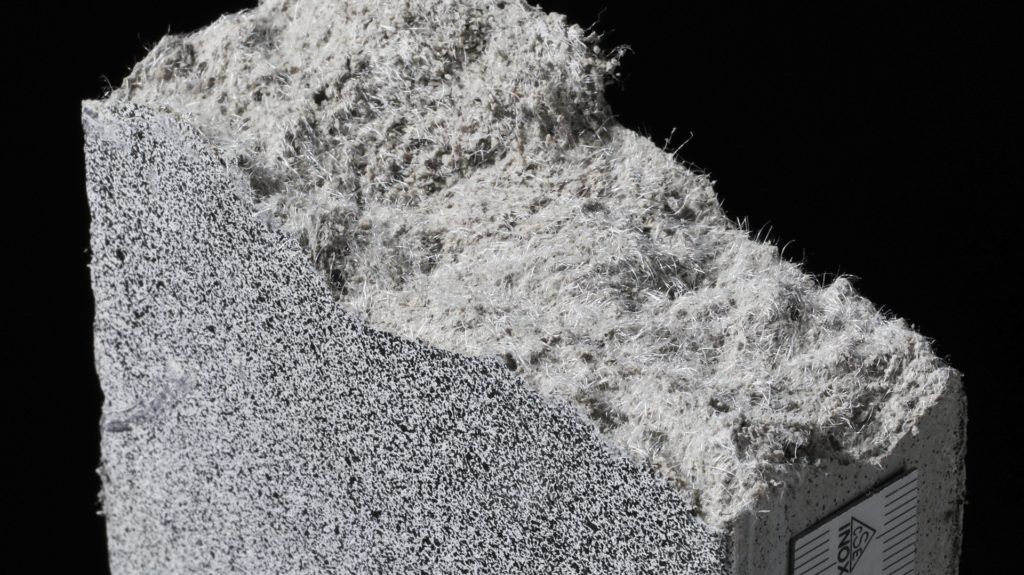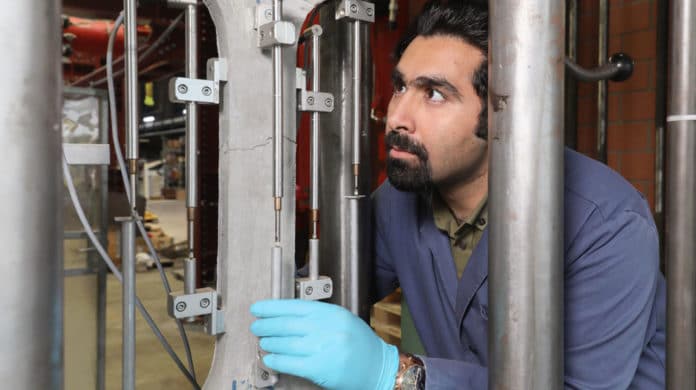The construction sectors are responsible for 36% of global final energy utilization and almost 40% of total direct and indirect CO2 emissions. Energy demand from buildings and buildings construction continues to rise, driven by improved access to energy in developing countries, greater ownership and use of energy-consuming devices, and rapid growth in global buildings floor area, at nearly 3% per year.
For his Ph.D. thesis, MCS researcher Amir Hajiesmaeili has developed the next generation of ultra-high-performance fiber-reinforced concrete (UHPFRC). He wanted to create a material with the same mechanical properties found in today’s concrete but without the steel fibers.
What’s more, the concrete he has developed is 10% lighter than other fiber-reinforced concrete and has a 60–70% lower environmental impact than existing ones.

Hajiesmaeili said, “After three years of this trial-and-error, we finally found the right recipe – one that also meets stringent building standards. How did he do it? Instead of steel fiber, he used a very stiff synthetic polyethylene fiber that adheres well to the cement matrix. He also replaced half of the cement, a commonly used binder in concrete, with limestone, a material that is widely available around the world. The trick was to find a material that’s very strong and produces the right consistency.”
Eugen Brühwiler from EPFL’s Structural Maintenance and Safety Laboratory (MCS) said, “With this material, we can add value to age-old structures by ensuring they will last for a long, long time, whose lab has already overseen the structural reinforcement of more than 100 bridges and buildings in Switzerland.”
“This solution is also much more financially and environmentally sound than razing and rebuilding existing structures like bridges and historical monuments.”
References: Next-generation synthetic fibers UHPFRC for sustainable structural applications.
